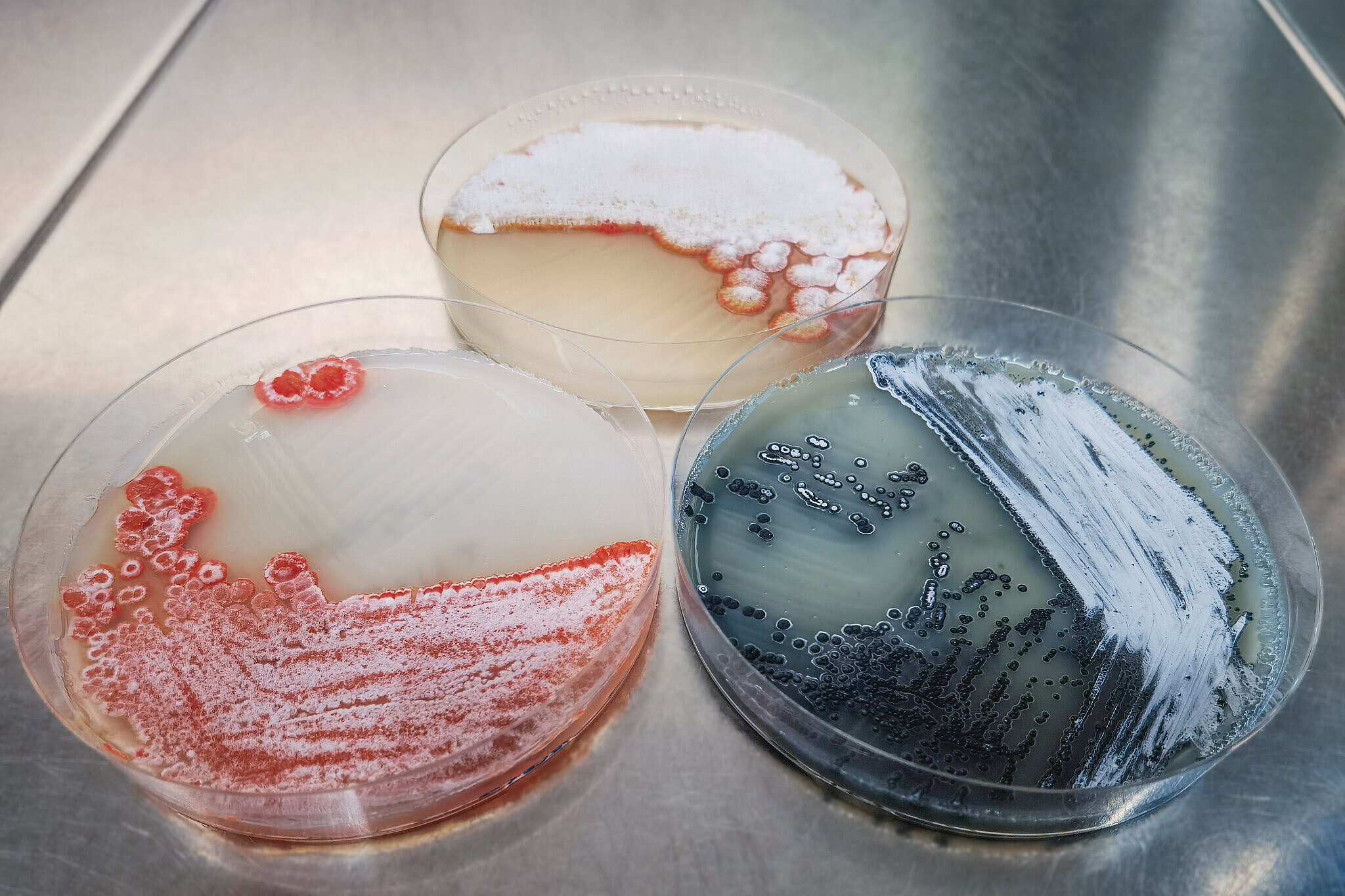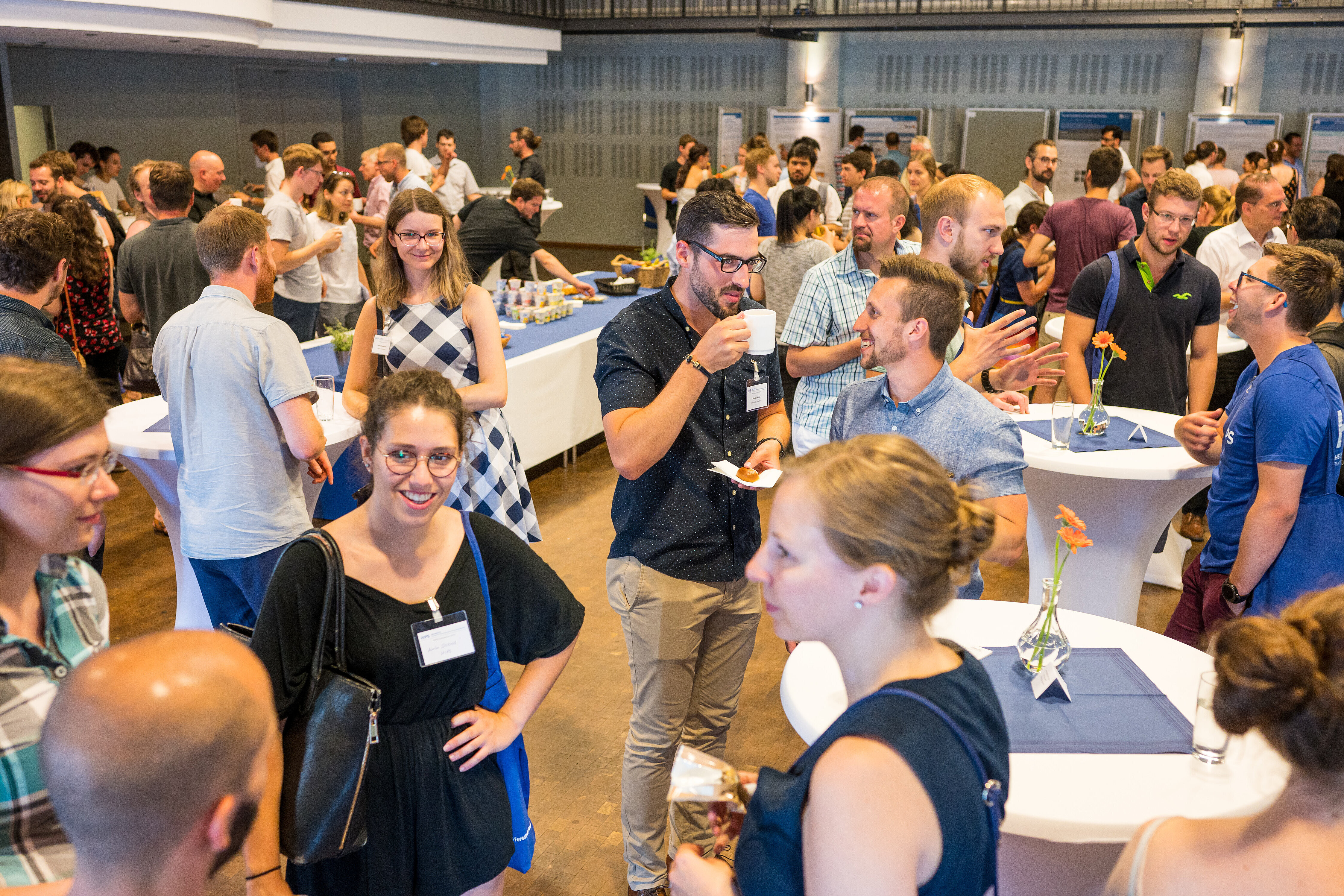
Drug Bioinformatics

Our Research
One particular focus of our group is the development of machine learning tools for predicting functional consequences of genetic variants that can be associated with a particular disease or resistance phenotype. In doing so, we aim to predict not only the direction and the magnitude of the effect, i.e. whether a certain variant is likely to be pathogenic or cause resistance to a drug, but also the exact molecular mechanism, which is responsible for it. We do so by combining phylogenetic methods with approaches from structural bioinformatics: computational modelling three-dimensional structure of proteins, their interactions, and dynamics, united in a robust machine learning framework.
A particular emphasis of this line of work is discovery of novel resistance mechanisms. Another focus of the research group is investigation of protein-drug interactions and drug-binding pockets with data-mining graph theory-based approaches. We aim to describe protein functional motifs and drug-binding patterns in them, and eventually develop novel machine-learning tool for prediction of drug affinity based on structural descriptors of protein-drug interactions.
Our Research
One particular focus of our group is the development of machine learning tools for predicting functional consequences of genetic variants that can be associated with a particular disease or resistance phenotype. In doing so, we aim to predict not only the direction and the magnitude of the effect, i.e. whether a certain variant is likely to be pathogenic or cause resistance to a drug, but also the exact molecular mechanism, which is responsible for it. We do so by combining phylogenetic methods with approaches from structural bioinformatics: computational modelling three-dimensional structure of proteins, their interactions, and dynamics, united in a robust machine learning framework.
A particular emphasis of this line of work is discovery of novel resistance mechanisms. Another focus of the research group is investigation of protein-drug interactions and drug-binding pockets with data-mining graph theory-based approaches. We aim to describe protein functional motifs and drug-binding patterns in them, and eventually develop novel machine-learning tool for prediction of drug affinity based on structural descriptors of protein-drug interactions.
Prof Dr Olga Kalinina
It is fascinating from a theoretical point of view and essential for practical applications in the biomedical research to use modern computer science methods for the discovery of novel means to fight infectious diseases.

Olga Kalinina received a M.Sc. degree with distinction in mathematics from the Moscow State University in 2003 and a Ph.D. from the Engelhardt Institute for Molecular Biology of the Russian Academy of Sciences in 2007. She continued her research in bioinformatics as a postdoctoral fellow at the European Laboratory for Molecular Biology, for which she was awarded an EMBO Long Term Fellowship from the European Molecular Biology Organization, and later at the University of Heidelberg, working with Prof. Dr. Robert B. Russell (2007-2011). In 2012, she established her independent junior group at the Max Planck Institute for Informatics in the Department for Computational Biology and Applied Algorithmics lead by Prof. Dr. Dr. Thomas Lengauer, where she was researching resistance mechanisms in human viruses until 2018.
Selected Publications
- Bastys T, Gapsys V, Doncheva N, Kaiser R, de Groot B, Kalinina OV. Consistent prediction of mutation effect on drug binding in HIV-1 protease using alchemical calculations. J Chem Theory Comput, 2018 Jul 10;14(7):3397-3408. doi: 10.1021/acs.jctc.7b01109.
- Knops E, Sierra S, Kalaghatgi P, Heger E, Kaiser R, Kalinina OV. Epistatic interactions in NS5A of Hepatitis C virus explain drug resistance mechanisms. Genes (Basel). 2018 Jul 6;9(7). pii: E343. doi: 10.3390/genes9070343.
- Gress A, Ramensky V, Kalinina OV. Spatial distribution of disease-associated variants in three-dimensional structures of protein complexes. Oncogenesis. 2017 Sep 25;6(9):e380. doi: 10.1038/oncsis.2017.79.
- Gress A, Ramensky V, Büch J, Keller A, Kalinina OV. StructMAn: annotation of single- nucleotide polymorphisms in the structural context. Nucleic Acids Res. 2016 Jul 8;44(W1):W463-8. doi: 10.1093/nar/gkw364.
- Kalinina OV, Wichmann O, Apic G, Russell RB (2011) Combinations of protein-chemical complex structures reveal new targets for established drugs. PLoS Comp Biol. 2011 May;7(5):e1002043. doi: 10.1371/journal.pcbi.1002043.
A complete list of publications can be found on the HIPS website
Structural annotation of genetic variants:
By analyzing the spatial distribution of genetic variants in three-dimensional structures of proteins harboring them and their homologs, we can produce hypotheses about the functional consequences of these variants. For example, if a mutation caused by a single-nucleotide polymorphism lie on an interaction interface with another protein or in a ligand-binding pocket, it may affect the corresponding binding affinity, and mutations lying in the protein core can be detrimental for its stability. We develop methods that can annotate very large datasets in this way, providing insight into the relation between mutations’ annotated pathogenic or functional effect and their location in the three-dimensional structures of proteins and their complexes.
Prediction of functional effect of mutations:
We build machine-learning methods for predicting the impact of mutations using a variety of features related to protein three-dimensional structures, interactions, and evolution. The methods can be trained to predict the impact on protein function, as well as their pathogenicity, which correlates with protein function. Additionally, we explore the possibility of training such methods to predict the impact on more specific phenotypes, such as resistance towards antibacterial compounds.
Identification of functional motifs in protein three-dimensional structures:
We employ a data mining technique called frequent subgraph mining to detect recurring structural patterns in three-dimensional structures of a set of distantly related proteins. These structural patterns that are significantly conserved over very long evolutionary distances represent known and novel functionally and structurally important motifs in the corresponding proteins.
Prediction of specificity of drug-binding pocket with graph mining:
We focus on residues that form pockets and cavities in protein structures and apply frequent subgraph mining to residue interaction network in proteins, chemical structures of potential binders, as well as their interactions to detect specific patterns of recognition for particular chemical moieties.
Molecular dynamics simulation of resistance mechanisms:
We apply classical methods of molecular dynamics simulations to investigate the impact of mutations that confer resistance in pathogens, as well as during cancer treatment, on the dynamics of the corresponding drug targets. In this way we can explain the mechanisms of resistance development even in cases when the immediate drug binding site is not visibly affected.
Systems medicine investigation of alternative splicing in cardiac and renal diseases (Sys_CARE):
In this BMBF-funded project in cooperation with the Technical University Munich and University Hospital Greifswald, we apply our expertise in structural modelling and annotation to investigate novel mechanisms of pathogenesis in cardiac and renal diseases, focussing on the alterations of protein sequences caused by disease-specific alternative splicing events.
Prediction of resistance mechanisms and mode-of-action of novel antibacterial compounds:
We use a combination of phylogenetic reconstruction and structural modelling in order to explore the mechanisms of resistance towards novel antibacterial compounds. We can trace the evolutionary spread of potential resistance factors and thus predict yet unobserved resistances in bacterial populations.




